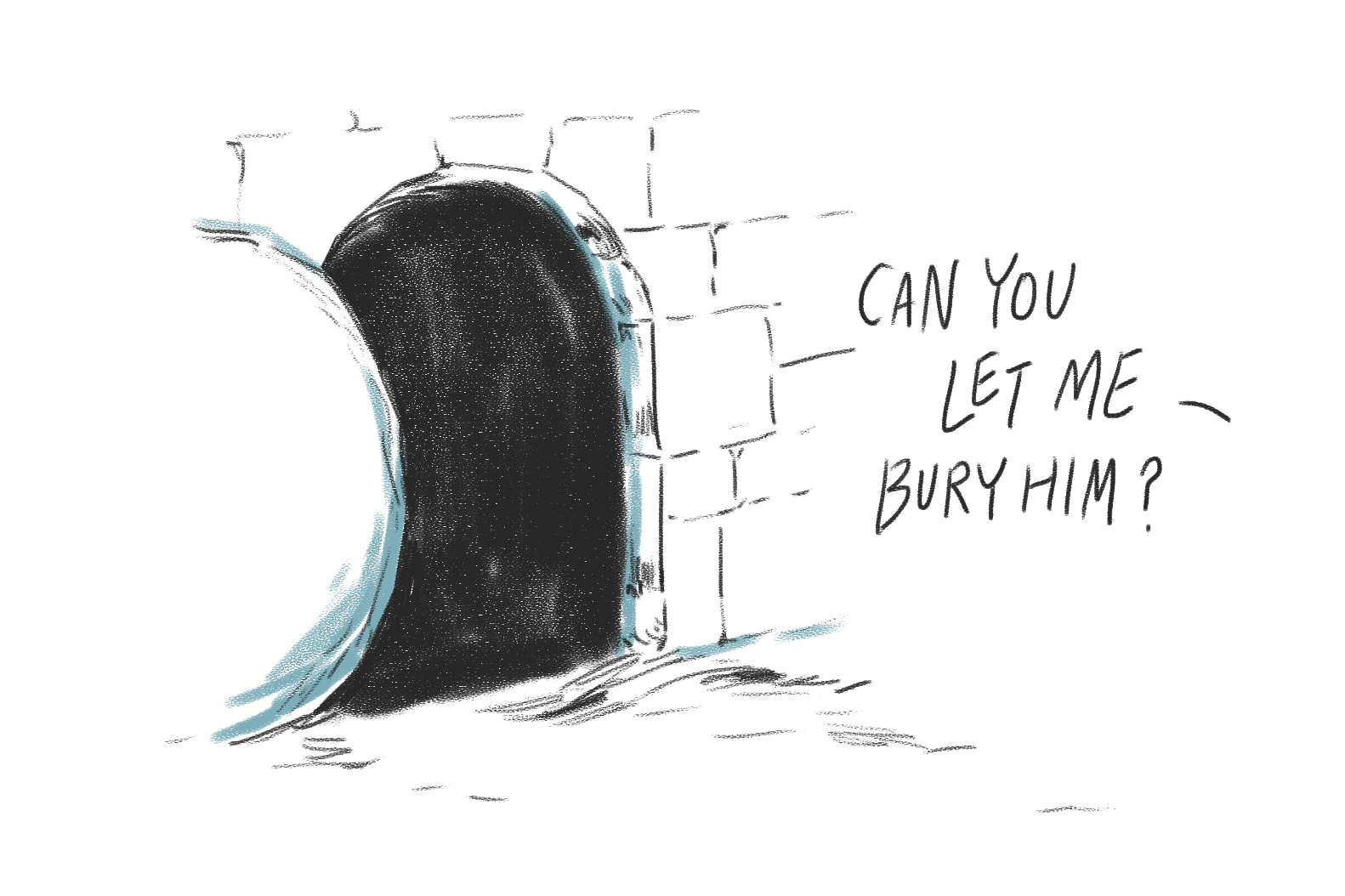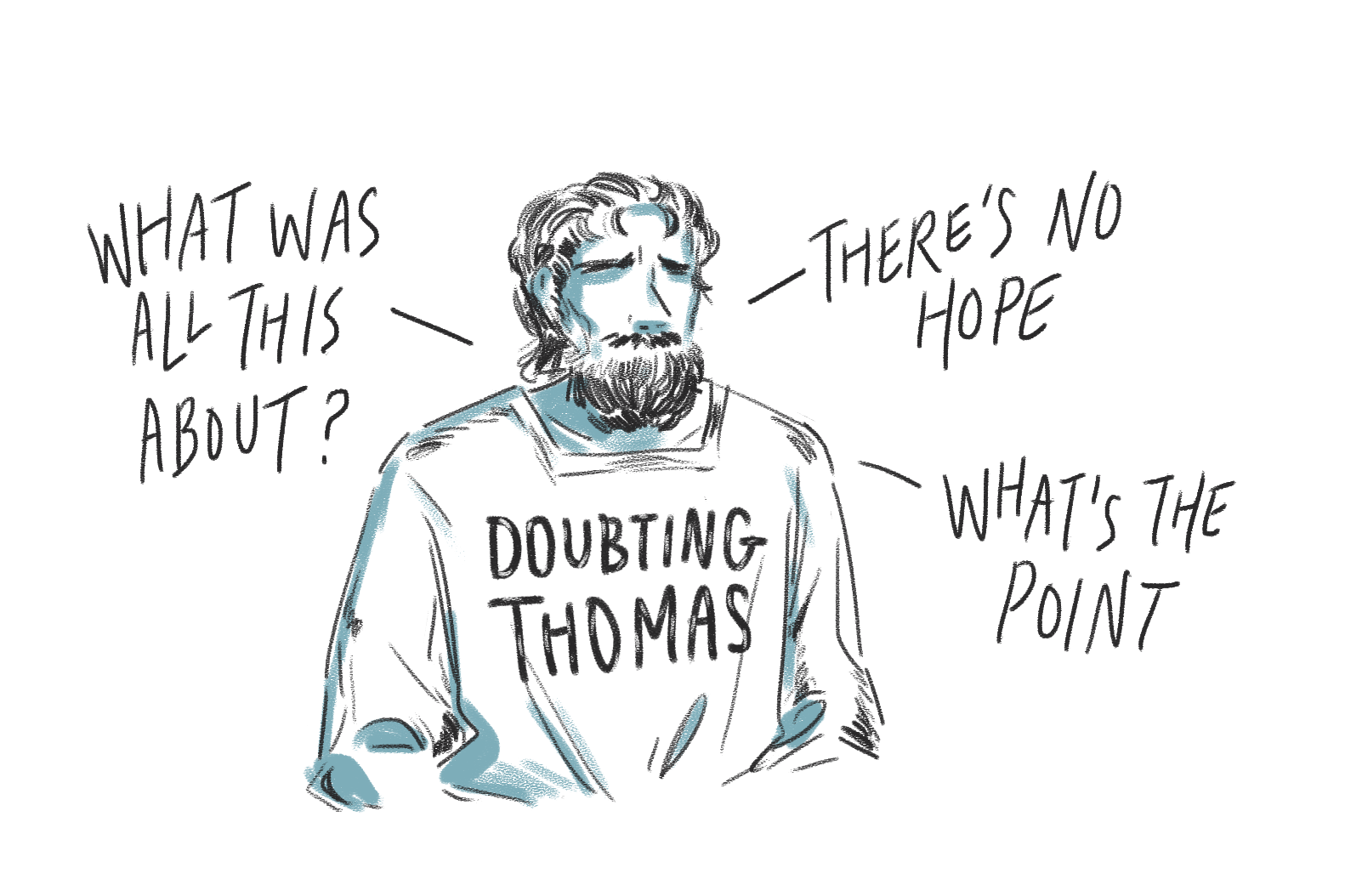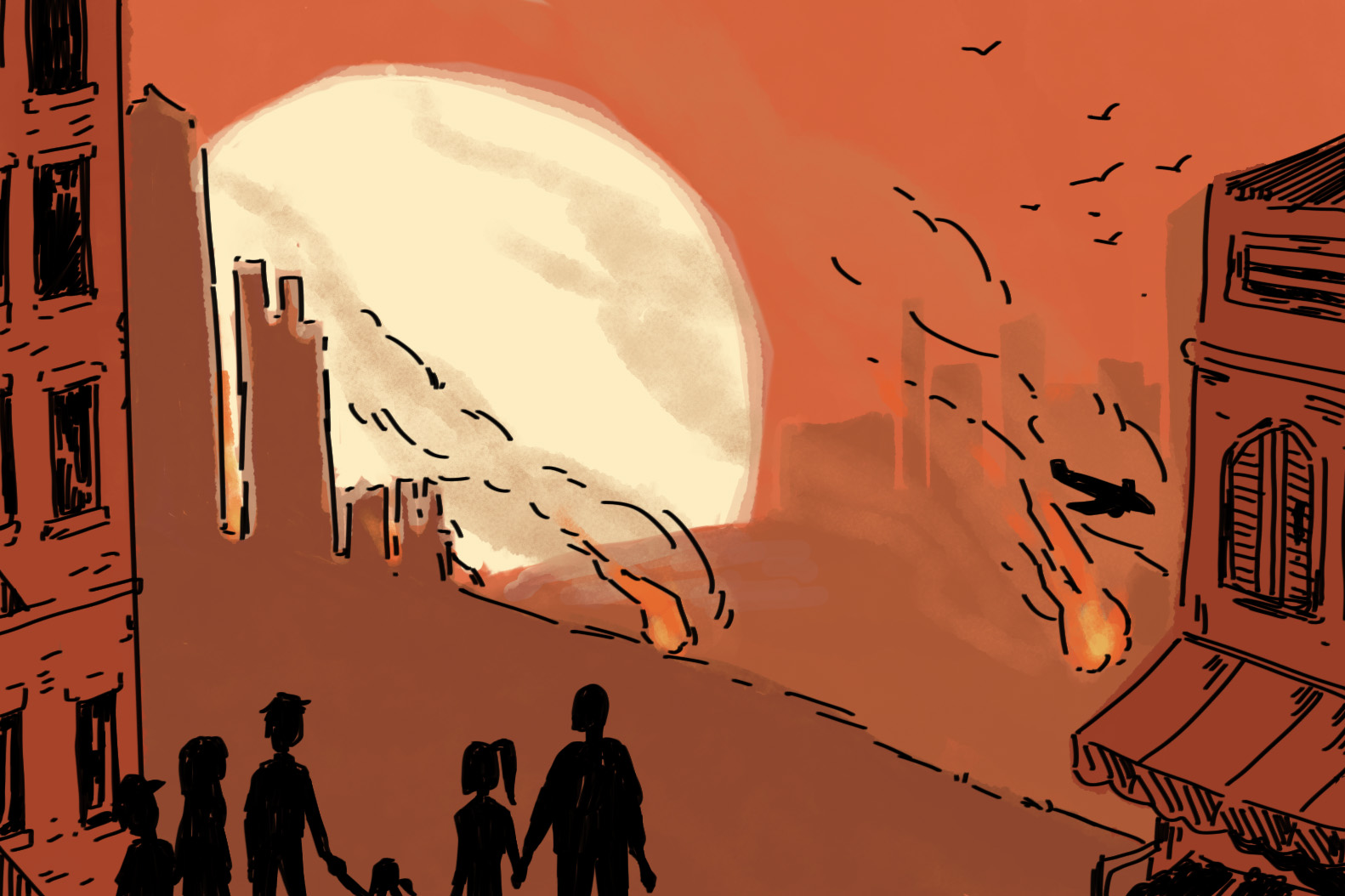In Passion Week, Silent Saturday is a day that’s about waiting. Jesus lies silent in a tomb which is sealed up, the situation does not look good and everyone’s spirits are low.
Though this took place some 2,000 years ago, it’s not hard to relate to what Jesus’ followers were feeling. We’ve all been in situations where we’ve expected something great to happen – only for it not to.
So, how do we respond when we face seeming failure or disappointment? How do we wait well? Drawing from those who faced just those things on Silent Saturday, here are 3 Ds to wait well.
Do the next right thing
There’s a very meaningful song in Frozen II called “The Next Right Thing”, which is about what one should do when one feels lost or overwhelmed.
It’s what came to mind when I read passages like Matthew 27-28 and Luke 23, which tell us about the crucifixion, burial and resurrection of Jesus.
While others were shaken and silent – or not even there, like most of the disciples – Joseph of Arimathea, who was a respected member of the Jewish council, went beyond the already bold decision of disagreeing with the Sanhedrin (Luke 23:51) to asking Pilate for Jesus’ body.
Disagreeing with the Sanhedrin was the first “right thing”. Burying Jesus – and that’s something that would not look like victory for a follower of Jesus (Mark 15:43) – was the next one.

It couldn’t have been an easy thing to do since Jesus had been condemned to a shameful death by the authorities and the Jewish public; there were serious stigma and real consequences attached to such a request.
But Joseph wasn’t afraid of Pilate’s reaction, he wasn’t afraid that such a countercultural action would colour public perception of his character and standing (maybe he was to some extent, but it ultimately didn’t get in the way!).
What was more important was to do what was right, and for Joseph that looked like giving Jesus the honour and respect He was due through the ways he could – his standing, his linen cloth and his personal tomb.
There are others worth mentioning in this account, such as Nicodemus, who, a far cry from his shadowy behaviour in his first meeting with Jesus, openly accompanied Joseph to ask for Jesus’ body and prepared it for burial with him (John 19:38-42).
There were also the women in these passages who sought to do the next right thing, which was to anoint Jesus’ body and mourn Him.
And in the course of doing so, one of them, Mary Magdalene, was tasked to do the ultimate next right thing – she received the amazing privilege of being the first person to tell someone else that Jesus had risen from the dead.
… the next right thing will always be aligned with God’s Word
So, let doing the next right thing lead you to the next. But how does doing the next right thing look like? Some of us may struggle with not knowing what the next “right” looks like.
Well, the next right thing will always be aligned with God’s Word and His truth in the Bible. Is it in opposition to His character? Does it bring Him glory? These are some questions we might ask ourselves.
Dwell in community
Across the gospels, one thing we can note about the crucifixion and subsequent mourning period is that most of the people mentioned were together.
There were the women in these narratives, like Mary Magdalene and Salome, who waited together at the foot of the cross and at the entrance of the tomb.
There were Joseph and Nicodemus, who came together for the bold and important work of claiming and preparing Jesus’ body.
There were the two on the road to Emmaus, who were downcast and discussing together what had happened.
There were the 11 disciples, who bolted the door behind them at their meeting in fear of the Jewish leaders but banded together anyway.
When we face failure, disappointment, despair, death – and we inevitably will – let us face it together.

It should come as no surprise that one of my favourite characters in the Bible, Thomas, was alone (John 20:24).
The famous doubter and pessimist, I can imagine what he would have been thinking. What’s the use? What’s the point? Unless there’s cold hard proof, I won’t believe.
That’s where Thomas’ community showed up: the disciples went to tell him about how they had seen the Lord.
Their words and presence must have had some effect on Thomas because a week later, he was in the house with them (John 20:26) and Jesus met and restored him in a miraculous and personal way.
Dwelling in community enables us to weather the storms of life together and bring others into the fold.
These believers came together, waited together, talked things over together, mourned together – and their fellowship encountered and glorified God.
Dare to hope
Stuck in life’s waiting room? Facing failure, dealing with disappointment or just looking kinda lost?
What you need is hope.
Hope is not just a noun. It is not only something given to us, it is also a verb. There’s an active element to it; our hope informs our choices and actions.
We don’t do the next right thing or dwell in community just because – our actions in the present must be motivated by a future hope.

There is no greater or firmer hope than knowing that Jesus Christ died for our sins on the cross, rose from the dead and ascended to heaven, and is coming again one day to restore and make all things right.
Because He did the impossible, we can dare to hope. His resurrection promises that there is grace and hope for every situation and for every sinner.
Broken family, addiction, sickness, grief… whatever we may face in life, there is always hope in Jesus.
So whatever it is you’re facing today, whatever life’s waiting room is throwing at you… dare to hope!
- Do the next right thing. Dwell in community. Dare to hope. Think about these 3 D’s for a moment.
- What comes to mind – or which of the 3 D’s spoke most to you today? Why?
- Is there something you are waiting for? What is one practical thing you have to do to wait well?









